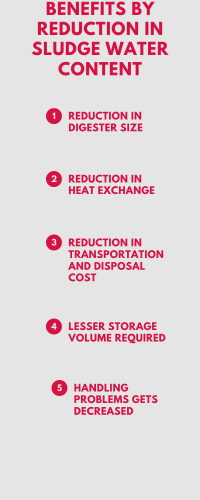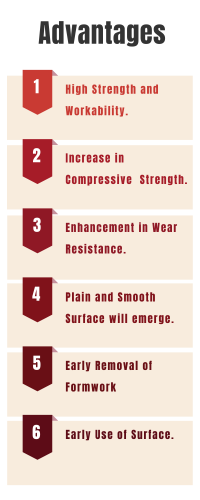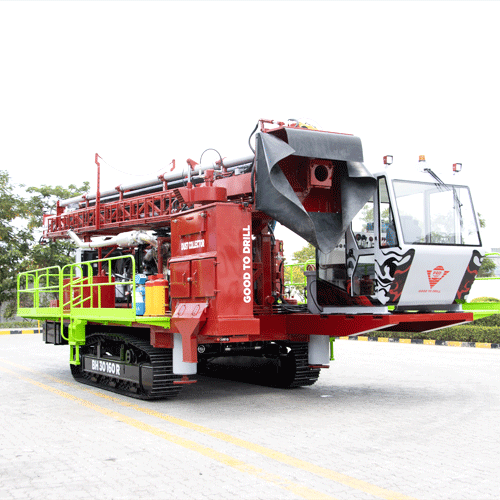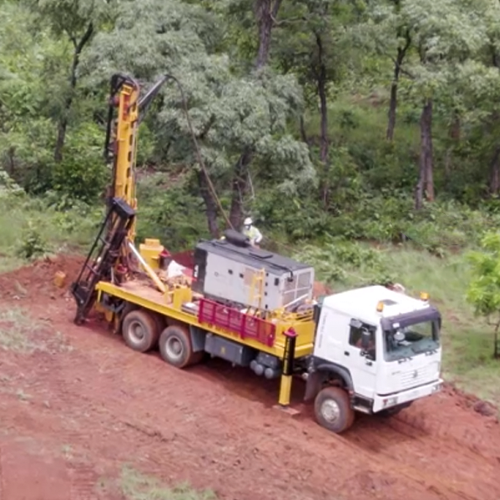Major Dewatering Techniques
Dewatering of excavations is required at construction sites generally for foundation works. Various methods for dewatering of excavations are described in this article. Firm and sound working conditions are indispensable when the construction of buildings, powerhouses, dams, and other structures has to be executed. These structures not only require a dry base for their foundations but also good water-table stability in the girth.
The different methods available for dewatering excavations at construction sites are not necessarily interchangeable as each one has a narrow range of applications, therefore, adopting the right method of dewatering for a particular ground condition is always a critical and difficult decision to make.
Dewatering of an excavated area is done to keep the excavation bottom dry, to prevent the leakage of water or sand, and to avoid upheaval failure. Dewatering could turn out to be a herculean task if one doesn’t adopt the right method.
Principal Dewatering Techniques:
While choosing a dewatering technique impact on groundwater should be kept in mind. The use of the right technique is important in every construction project. There are four principal dewatering pumping techniques. These techniques are not readily interchangeable. Each technique has a relatively narrow range of applications relative to two key parameters: the drawdown required and soil permeability.
The main dewatering techniques are:
- Wellpoints
- Sump Pumping
- Educator Wells
- Deep Wells
Wellpoints Dewatering Technique:
The wellpointing method uses lines or rings of closely spaced shallow wells (wellpoints) installed around the excavation. The wellpoints are connected to a headerpipe and pumped by wellpoint pumps which can handle both air and water. The system operates on the suction principle, so drawdown by this method is limited to 5 or 6 m below the level of the wellpoint pump. If deeper drawdown is required than wellpoints may have to be installed in multiple stages.
Sump Pumping Dewatering Technique:
The sump pumping method allows the groundwater to seep into the excavation, where it is collected in sumps (special pits within the working area) and pumped away by robust solids-handling pumps. This method is applicable to relatively shallow excavations.
Deepwells Dewatering Technique:
The deepwell method uses bored well pumped by electric submersible pumps to lower the groundwater level below the excavation. Wells are normally installed at relatively wide centres around the outside perimeter of the excavation. Wells are sometimes installed within the excavation itself. The method is well suited to relatively deep excavations where large drawdowns are required.
Eductor Wells Dewatering Technique:
The eductor well method (also known as ejector wells) is a specialist dewatering method used to control pore water pressures in low permeability materials such as silts or fissured clays. The method operates on the venturi principle, whereby circulation of high-pressure water through eductors in the base of each well creates a vacuum which promotes drainage of low permeability strata.
Every project brings with it a unique set of challenges and opportunities. With around 5 decades of experience in the industry, PRD Rigs supplies a wide variety of equipment that caters to any requirement the project may have.
In addition to the primary methods described above, there is another segment in the industry where dewatering is required in waste disposal. This is otherwise known as sludge dewatering
Sludge Dewatering Methods:
In these methods, sludge is separated into solid and liquid for proper waste minimization. Dewatering requirements need to be evaluated by designers for planned sludge disposal. Dewatering only separates solid and liquid components not treat sludge or liquid. After separation contaminates can be treated separately in liquid and solid.
There are various technologies for sludge dewatering, including plate & frame and belt filter presses, centrifuging, and geomembranes. In addition to these, there are other options available.
Different types of Sludge:
-
Primary Sludge
- It comes from the settling process and made of easily decantable suspended particle. Volatile Solid content is between 55%-60% with excellent dewatering ability.
-
Biological Sludge
- It comes from the biological treatment of wastewater and made of a mixture of microorganisms, mainly bacteria. A simple decantation in the clarifier will easily separate the bacterial flocs from treated water.
-
Mixed Sludge
- Mixed sludge is made of primary and biological sludge. Blending ratio of primary sludge is 35%-45% and for biological sludge is 55%-65%.
-
Digested Sludge
- Stabilization is done on biological or mixed sludge under different temperatures to produce digested sludge. A dry solids content around 20 g/l to 40 g/l.
-
Physico-chemical sludge
- Physico-chemical sludge comes out after physicochemical treatment of wastewater. Feature of sludge is the pollutants in water and chemicals used.
-
Mineral Sludge
- Because of mining beneficiation process or quarries, this name is given. Nature is essentially mineral particles of various sizes.
Parameters which effects Dewatering of Sludge:
- Concentration (g/l)
- Organic matter content
- Colloidal nature of sludge
Why Dewatering is Necessary:
- Waste Minimization
- Cost Efficiency
- Sustainability Objectives
Industrial Watering Methods:
Plate and Frame Filter press
Recessed chamber plates are used for the separation of solids and liquids.
A chamber is formed by joining two plates to pressurize the slurry and squeeze the filtered out.
Filter cake is collected on plates and dropped on the conveyor.
These are highly effective and produce filter cake that is between 40% and 70% solids by weight.
Biological sludge.
API separator sludge.
Cake like solids are produced which are cost-effective in transportation.
Centrifuge:
It is a device used to separate materials based on densities.
Buoyancy is the basis for a centrifuge.
Low-density components will be suspended above and high density will fall at the bottom.
25% to 35% solids by weight is produced.
Beneficial in heavy sludge oil watering and municipal wastewater treatment.
Centrifuges typically produce between 25% and 35% solids by weight.
Advantage of Centrifuge is the speed of the process.
Belt Filter Pass:
Highly applicable in high moisture content.
Produces 18% to 25% solids by weight.
Effective on high-volume waste streams where a large production of low-quality filter cake is acceptable
Belt press is useful in paper mill sludge, river silt, municipal wastewater treatment sludges.
How to select the right method:
Dewatering is used in cities for wastewater treatment plant, drinking water facility, refinery. Project necessitates and knowing different materials helps in determining need. Contact us to learn more!

Vacuum Dewatering Techniques
Vacuum Pressure is applied to remove water from vacuum concrete after placing concrete structural members. This process improves strength, durability and other properties of concrete. The technique is generally used on horizontal surfaces.
When the vacuum is being applied for 3 to 5 minutes of water content of concrete gets reduced by 20 to 25 percent. For the chemical reaction of cement and water, the ratio of water-cement should be less than 0.38. For proper placing in framework, workability is also a crucial factor. After workability excess water will be evaporated leaving behind capillary pores. The effectiveness of the process reduces with time and is generally only applied for up to 30 minutes. Vacuum dewatered concrete stiffens rapidly. Where a smoother surface is specified, power troweling is done, usually 30 to 90 minutes after the planing operation.
4 Components Required in Vacuum Dewatering of concrete:
- Vacuum Pump
- Water Separator
- Filtering Pad
- Screed Board Vibrator
Process:
Vacuum extracts water and store in water separator.
Mats prevent the removal of cement with water.
The Magnitude of water will be equal to a contraction in the volume of concrete.
Reduction will be up to 3%.
Disadvantages of Vacuum Dewatered Technique:
Seepage of oil and water weakens the concrete.
High Initial Cost.
Requirement of trained Labor.
The best-laid floor (Trimix) can have undulations of above 5mm (not normally visible to the naked eye).







